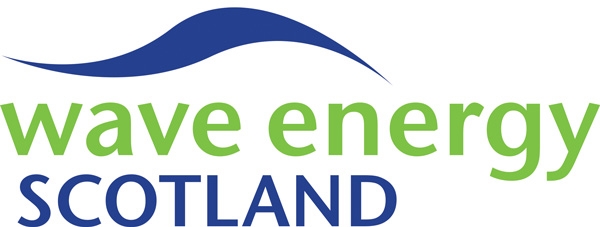Lead contractor
Wave Energy Scotland Ltd
Overview
At the European Wave and Tidal Energy Conference, Wave Energy Scotland presented findings from the frequency domain modelling undertaken of multiple layouts of a generic platform, inspired by the floating offshore wind sector, which could host multiple wave absorbers. The notional platform and absorber arrangements had formed the basis for the multi-wave absorber platform (MWAP) project, completed in conjunction with the University of Edinburgh and FloWave. More information about this project is available here.
Comparison of interaction effects between multi-wave absorber systems
September 2025
Floating offshore wind (FOW) farms are now being proposed in areas with an attractive wave climate, which could lead to future opportunities for co-location of FOW turbines with wave energy converters (WECs). An increase in the comparative rating of a single wave energy system would enhance the attractiveness of wave energy as part of this co-location opportunity.
This study has investigated one approach to achieving this, by evaluating multi-wave absorber platform (MWAP) layouts using frequency domain modelling. Different layouts of a notional MWAP approach have been compared against solo isolated WECs and a comparatively spaced, densely clustered array.
Outputs have considered how interaction effects influence the relative annual performance of a complete MWAP and on an absorber-by-absorber basis within the platform. Amongst the considerations evaluated are methods of system restraint, orientation to incoming wave direction, and approaches to handle constraints on the absorber response within frequency domain modelling.
Results for annual q-factor values for a 3-absorber and 9-absorber MWAP layouts with constrained characteristics are compared to isolated solo WECs, with both constructive interactions and destructive interference evident on a sea-state by sea-state basis and, depending on the layout, an annual basis. This particular set of MWAP layouts and moorings arrangements show minimal sensitivity to orientation, and different contributions of different absorbers in the layout are illustrated.
The study concludes by presenting several opportunities to progress and increase confidence in the observations.

